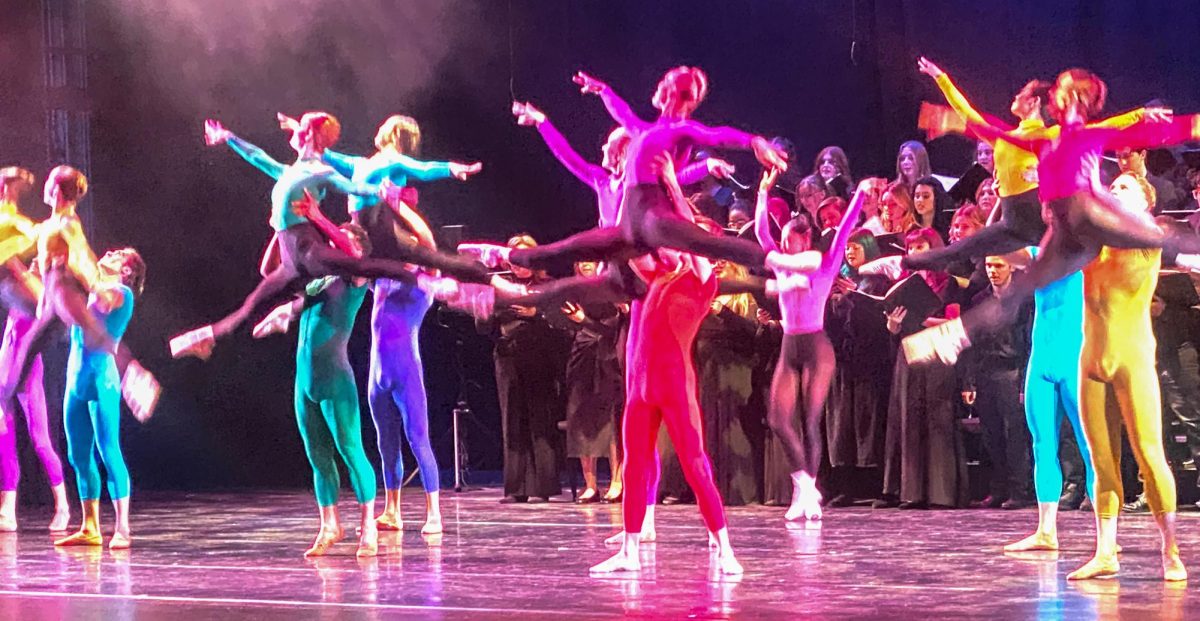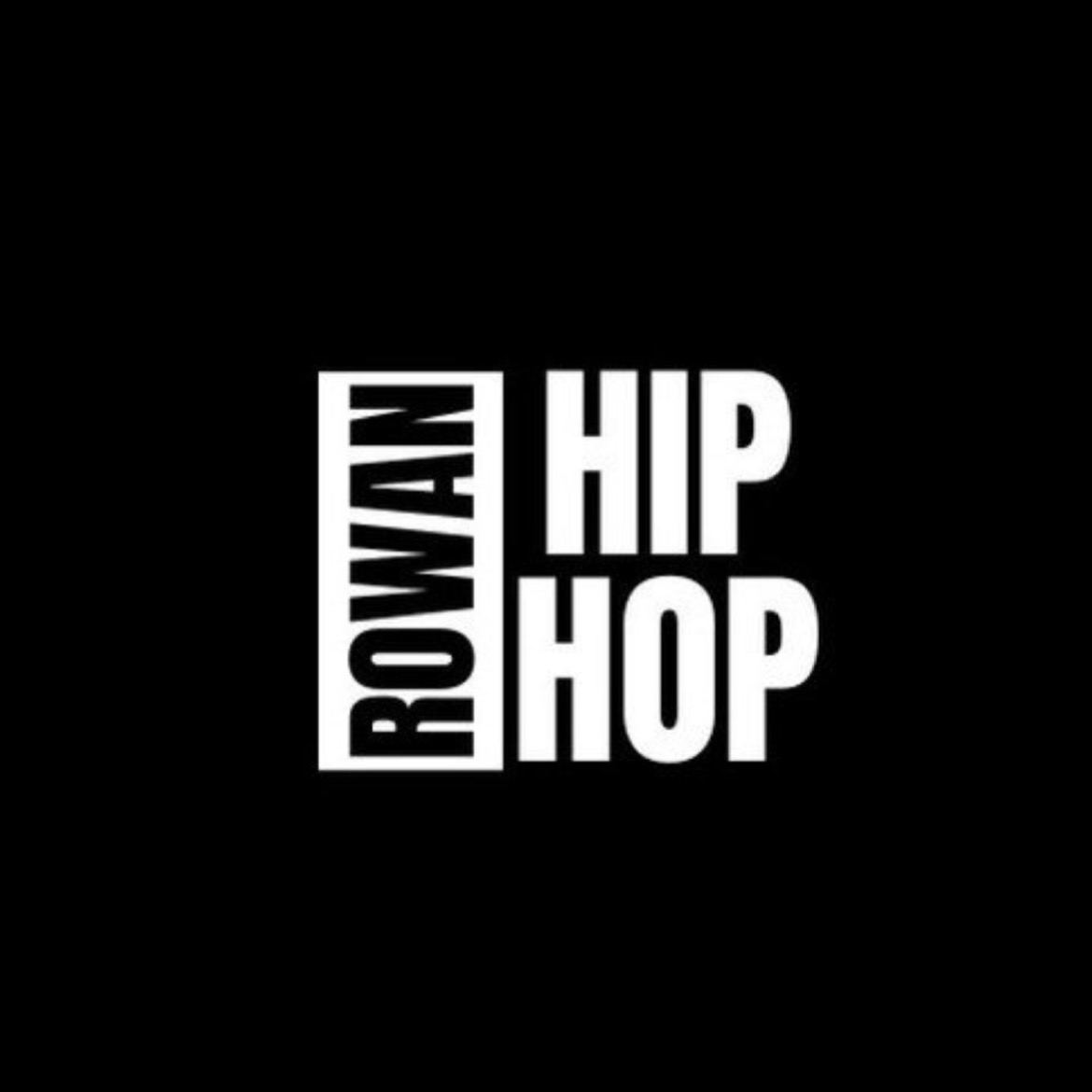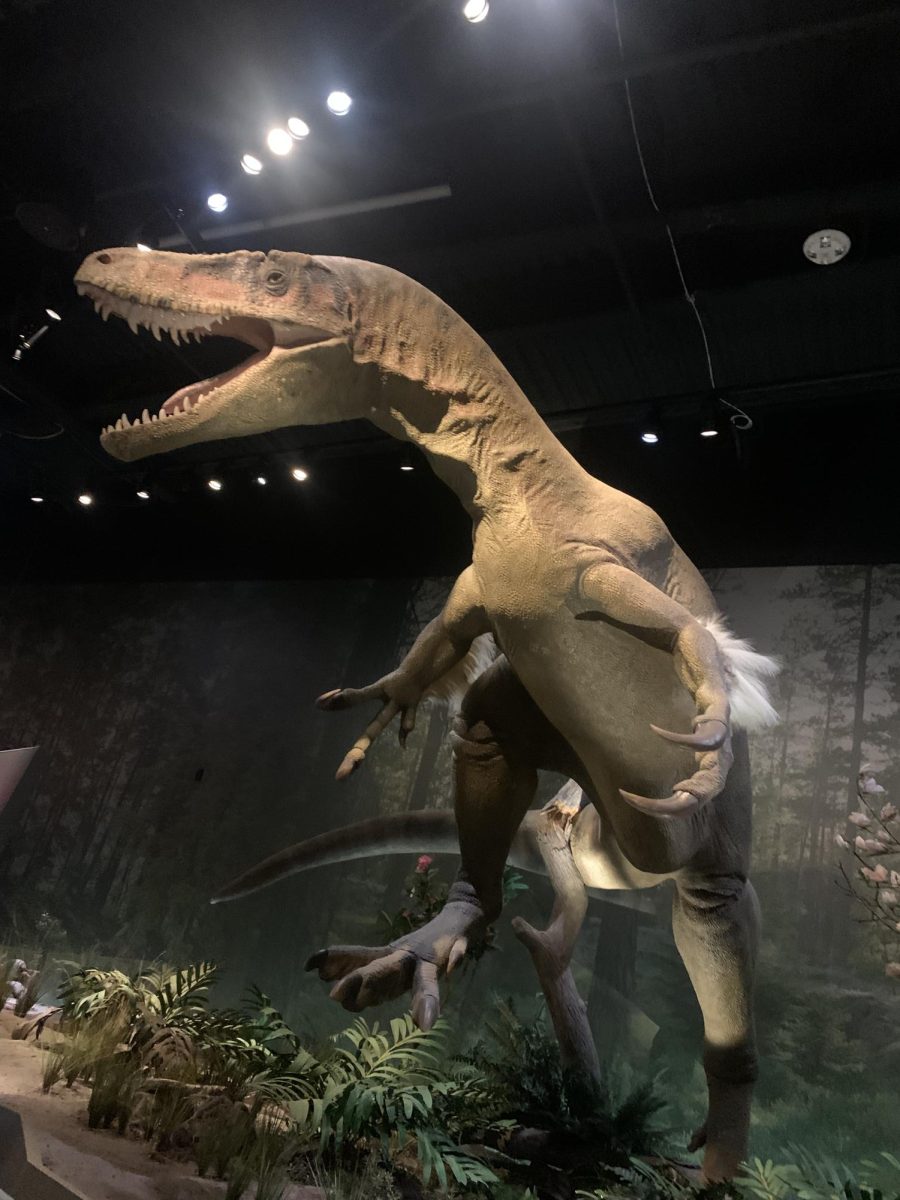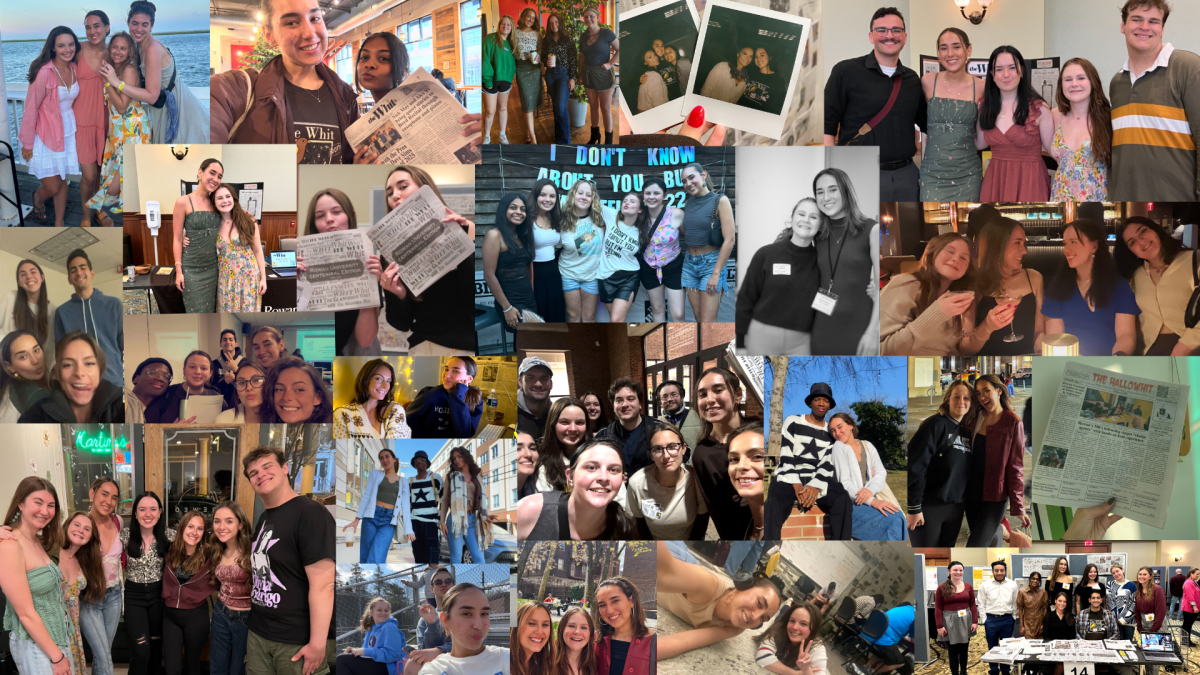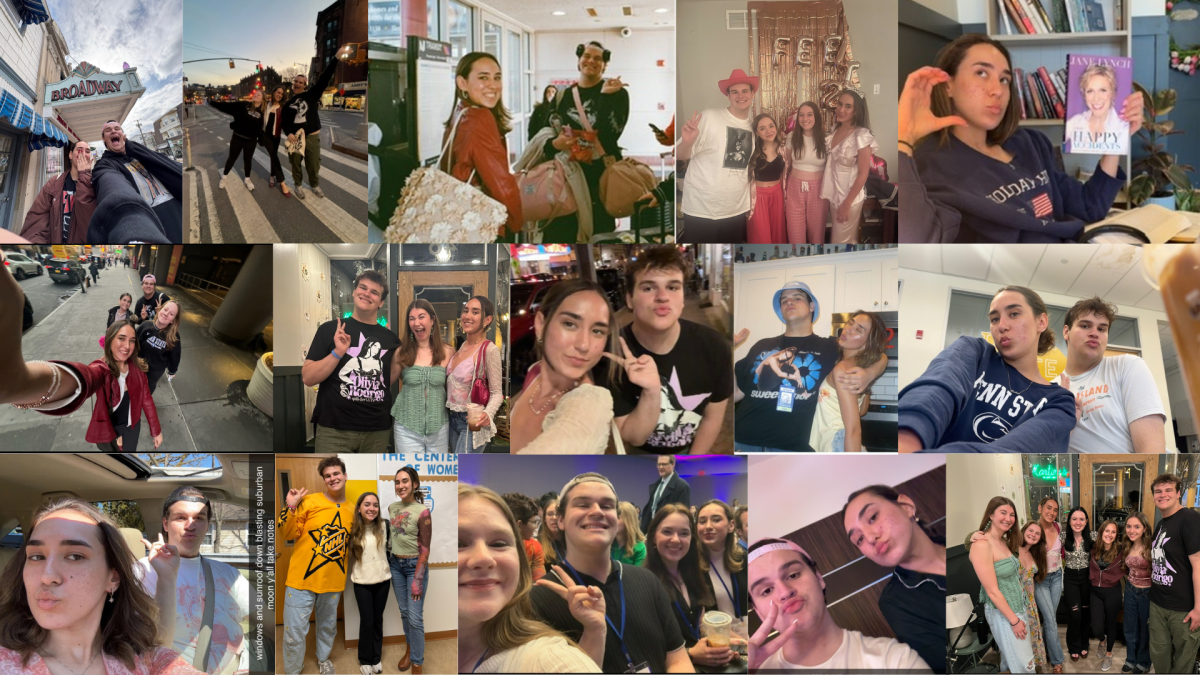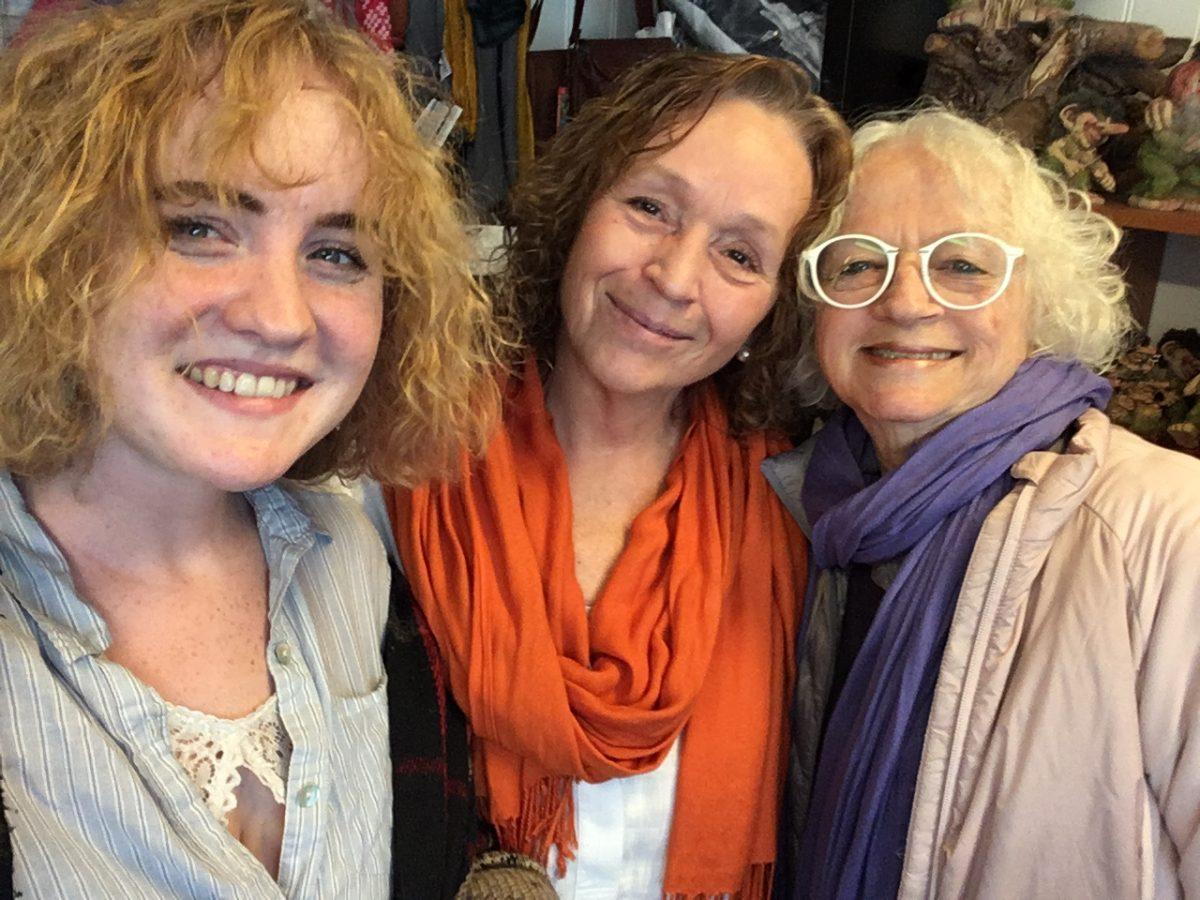On the first day of classes at Rowan, I left to study abroad in Greece. As someone who always hated winter, and hides under blankets complaining of stiff joints when the thermostat is set below 70, I was ecstatic to skip the slow descent into freezing weather that begins in September and instead fly somewhere that is, right now as I’m typing this, 89 degrees Fahrenheit and sunny almost every single day of the year.
I packed my suitcase full of crop tops, flowing dresses and Daisy Duke shorts, only to land in Bergen, Norway, and step outside to rain, darkness and a temperature that is literally half of what it is in Greece. But there’s a reason for the pit stop in Norway on my way to paradise, and it’s important.
My grandmother (I call her Nana) is meeting me on the ferry from Bergen to ride until the very last stop on the express boat, a little town called Skånevik, where, in the year 1869, my great-great-great-grandparents, Siri Larsdatter Tungesvik and Ole Larson Teigendal, were married before they left on a boat to America.
On the ferry, there is a girl around my age sitting adjacent to us at a large table, who chimes into our conversation at one point. Her name is Karoline, and before she gets off the ferry at her stop, she offers to drive us around to some cool sites during our stay here. I can’t believe our luck! Tomorrow, we’ll go with Karoline to Rosendal and, hopefully, a waterfall. In this part of Norway, it’s pretty hard to get around without your own car, so Karoline’s offer is an absolute godsend.
When we get off the ferry and check the address of our Airbnb, it says “10 Skånevik, Norway.” No need for street names, I suppose, when your town only has about three roads in total. The host has written that the location of the house keys “will be evident when you arrive,” with no further instruction, and sure enough, they’re under the doormat.
It’s late, so everything in this town is closed, except for a combination hardware store and sandwich restaurant, and a tiny Thai takeout window on the edge of the ferry dock next to the water. At home, Netflix shows us a Norwegian comedy show called “Norsemen”; basically if “Monty Python” did a show about Vikings, but a little more subtle.
To be clear, Nana and I have no plan or information beyond the names of our ancestors and several historical records to prove it. In the morning, I go to the Larsen Bakeri a few doors down and learn that the Larsen family has owned this bakery for five generations — however, the current Larsen tells me she doesn’t recognize any of the names I show her in our records. Disappointing. Maybe it’s too much to hope that any members of our family stayed in the same little fjord town for six generations.
Nana needs to buy Christmas gifts and I need to stare longingly at overpriced Viking jewelry, so we make a stop in the gift shop across the street. The woman working the store greets us and asks where we’re from.
“I’m from California, she’s from New York,” Nana explains.
“Oh! Are you here looking for family?”
“As a matter of fact, yes!”
It’s actually pretty common for Americans to come to Norway looking for their ancestors, apparently, as no one has been surprised that that’s why we’re here. Nana pulls her folder of family paperwork out of her backpack to show it to the woman.
After a few seconds of looking, she points at a name on our pedigree chart and says, “That’s my great-great-grandmother!”
And so, as luck would have it, the owner of the gift shop, Bjørg, is somehow related to us. She and Nana talk for a long time about their lives and learn they have a shocking number of things in common — yoga, art, family illness, taste in scarves and even arthritis in the right wrist. We take photos together and can’t believe how similar we all look. Bjørg tells us her father just so happens to be a genealogy enthusiast and would love to talk to us more about our family; we’ll meet him for tea tomorrow.
The next morning, we head to the church in town to search through the graveyard for any familiar names. There are clusters from various generations of Teigendals and Tungesviks, but none of them are ours; Tungesvik seems to be common, and the rich family it came from also owned a town nearby with the same name. On our way back, we are walking by a waffle brunch restaurant when a woman opens the door and calls for us to come over.
“My sister told me you are meeting with my father today,” she says.
Bjørg’s sister invites us inside to her little brunch parlor-slash-library and pulls up an ancestry app to show us her genealogy information, which confirms once again that we are distantly related. It feels like magic that the name “Siri Nelsdatter Tungesvik” would appear in someone else’s phone; it was so long ago, I barely believed she was real before I came here. Siri herself never could’ve imagined her descendants coming back here with little magic bricks that have her name on an interactive ancestry chart.
Our next meeting today is with our Airbnb host, a pleasant young man named Ole, who is here to check in on the house and talk to us about our genealogy questions.
“We almost have no reason to meet him, now that we met Bjørg,” says my grandmother.
She’s right; neither of us in our wildest dreams imagined meeting an actual third cousin, so this trip has already succeeded our expectations. What more could Ole have to offer?
A lot, it turns out. Ole knows the location of two of the farms that our various ancestors lived at; one from the Tungesvik side, one from the Teigendal side, and he’s willing to drive us to see them. Every person I meet in Skånevik seems to have something incredible to offer. This trip, as Nana reminds me, could never have been planned in a spreadsheet with a travel guidebook. Sometimes things just work out in a magical way.
Ole drives us to see two gorgeous farms along the fjord, both of which seem to be inhabited but, since Ole knows everyone, it’s not considered rude for us to park in their driveway and look around at the landscape for a few minutes. He tells us there is still a woman living in the Teigendal farm, who is another descendant of the original owners. We don’t meet her, though, because now it’s time to meet Bjørg and her father at his house.
Jakob is his name, and he pulls out the official Norwegian family history books so we can find the mutual connection and finish filling in the pedigree chart Nana’s mother started a long time ago. After some circular conversations translated by Bjørg whenever she isn’t making tea or serving us homemade pies, we find out which of Siri’s daughters we are each descended from, and I write down a new chart of how each of our families are related. As it turns out, Bjørg is third cousins with Nana, making her my third cousin twice removed.
Bjørg, Nana and I go outside to do a little photoshoot and watch the sun set over the fjord from Jakob’s cliff side backyard. She wants to drive us to another family farm, but it’s getting dark and Nana and I have to leave at 7 o’clock tomorrow morning, so we head back to our little yellow cabin by the dock.
Most likely, I have dozens of distant cousins like Bjørg around the world that I’ve never met and never will. I’m still not sure if it’s a coincidence that Bjørg and Nana and our families are so similar, or if there really is something printed in our DNA that lasts for generations. What I do know, from meeting Bjørg’s family and from spending the day with Karoline, is that there are new connections to be made everyday, and people all over the world, whether they are distant cousins or have no relation at all, will always surprise you with their kindness and generosity.
For comments/questions about this story, email [email protected] or tweet @TheWhitOnline.

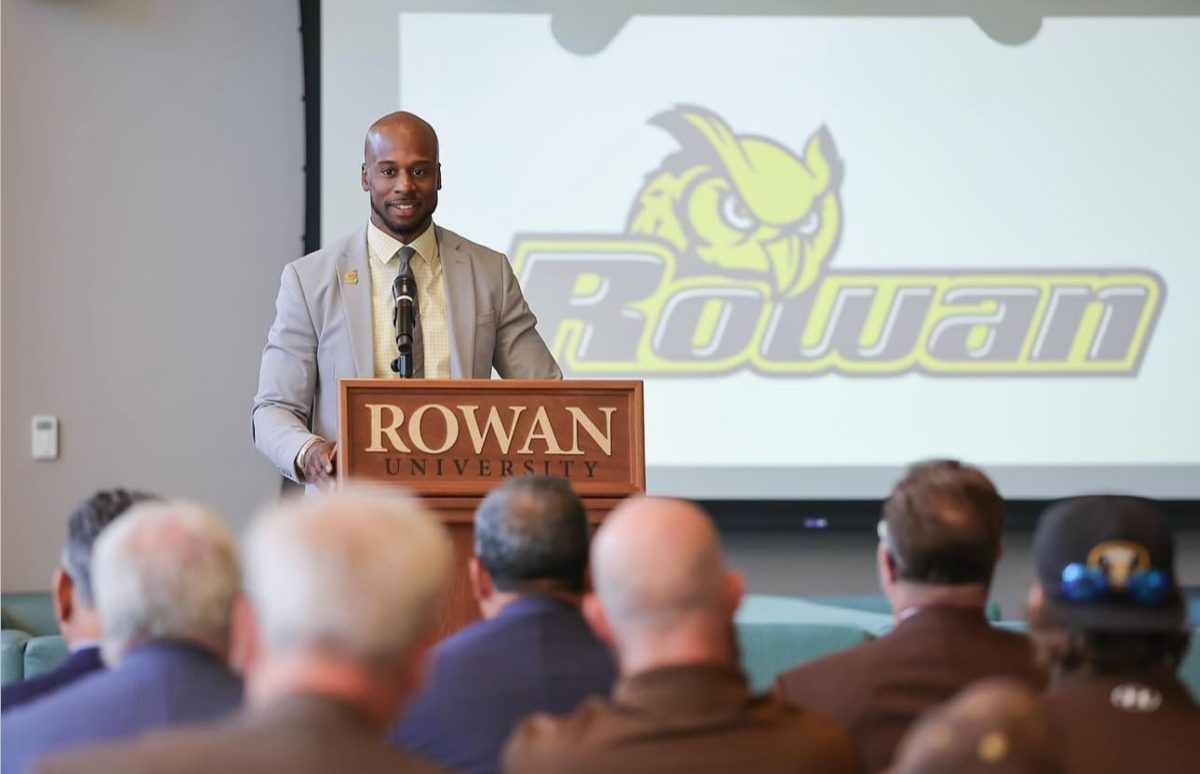

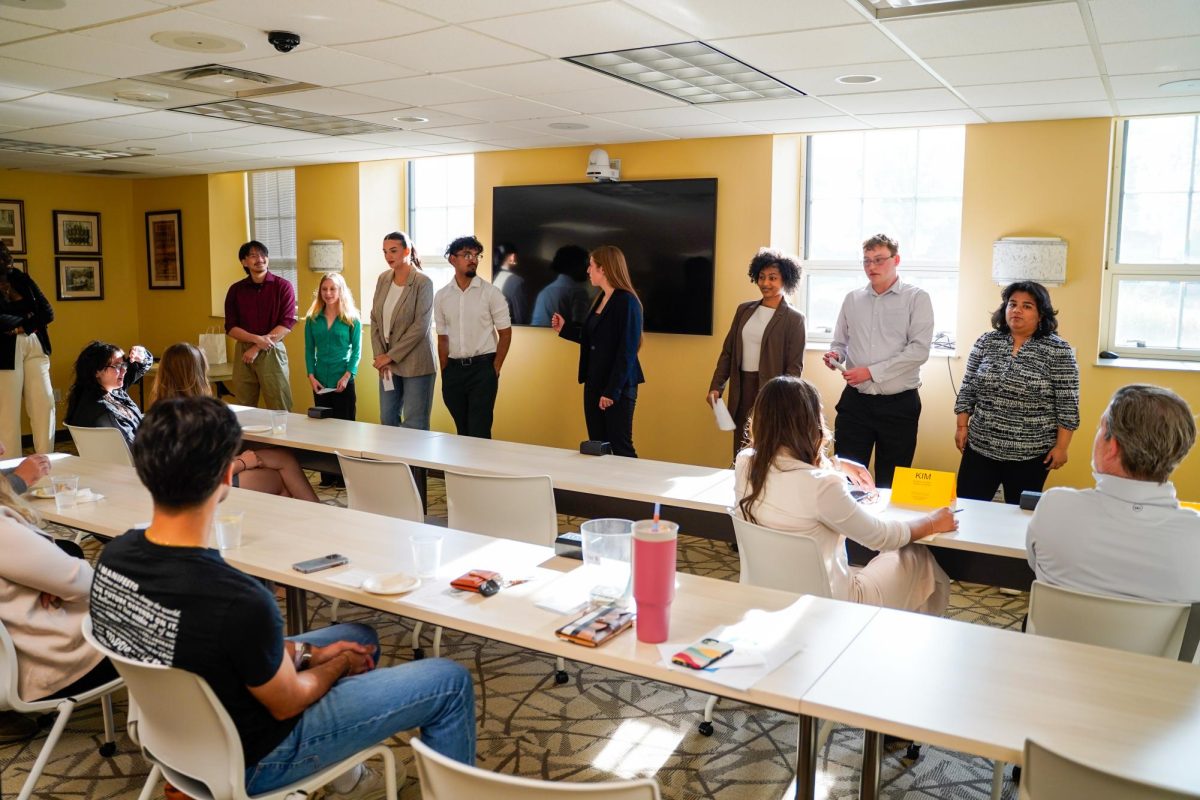
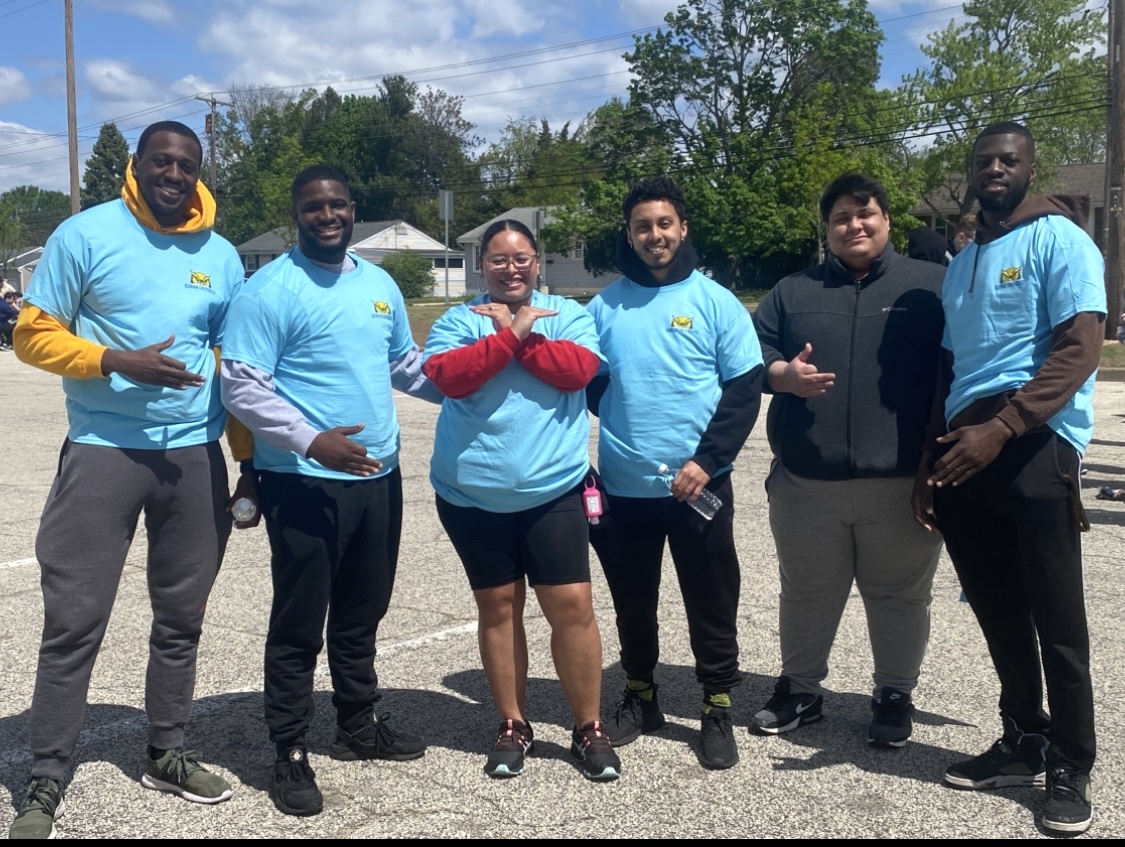


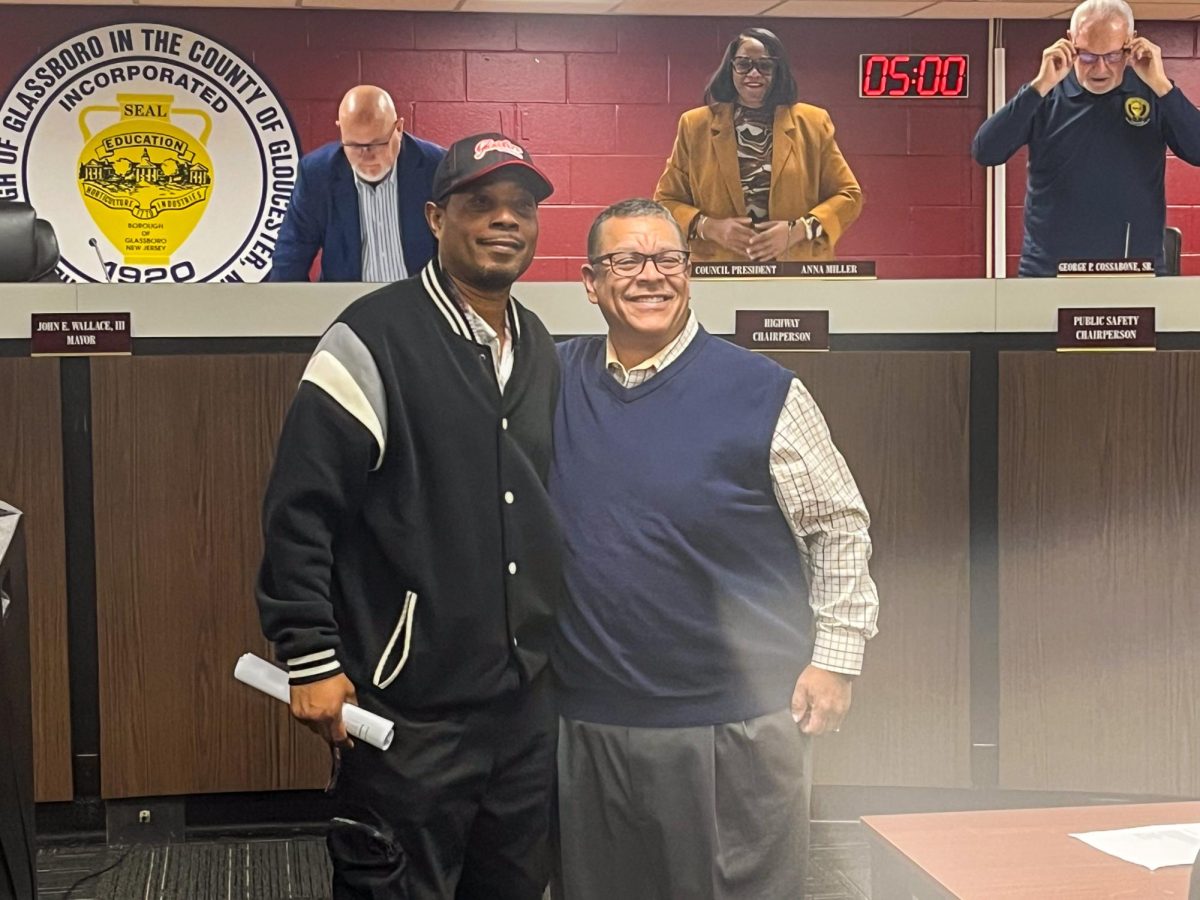












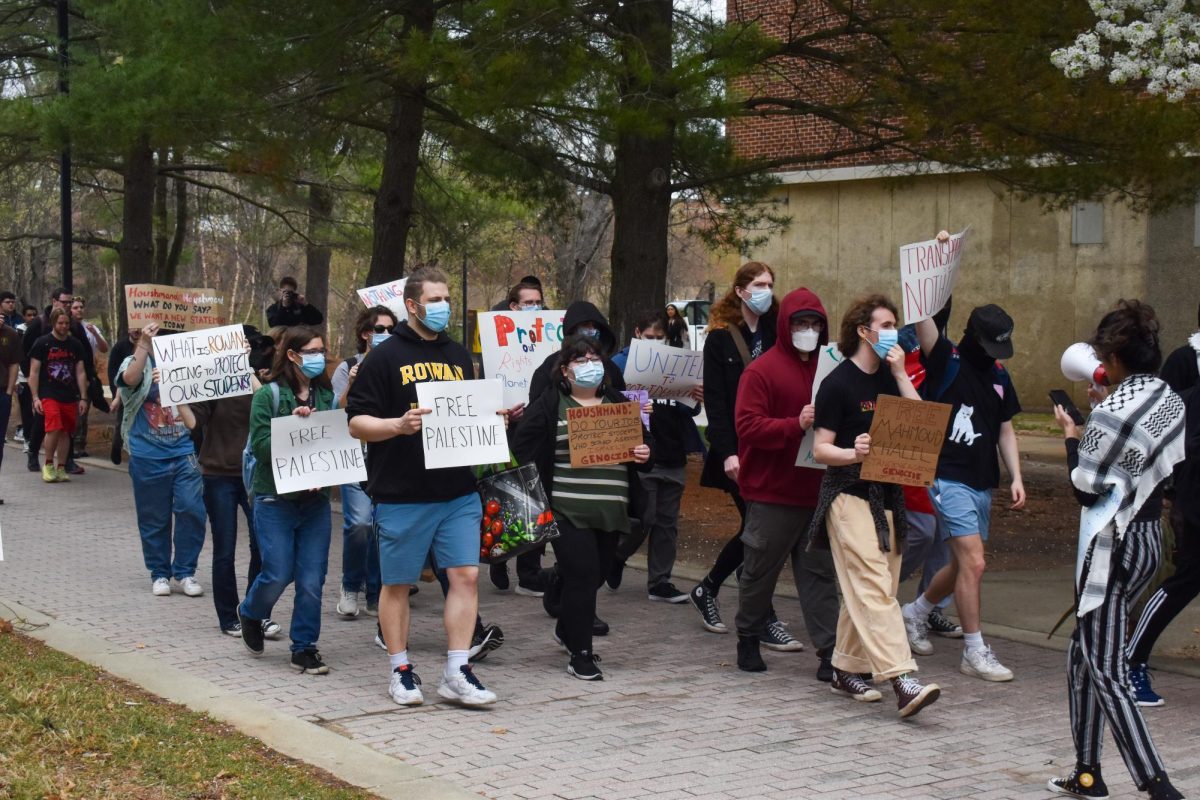



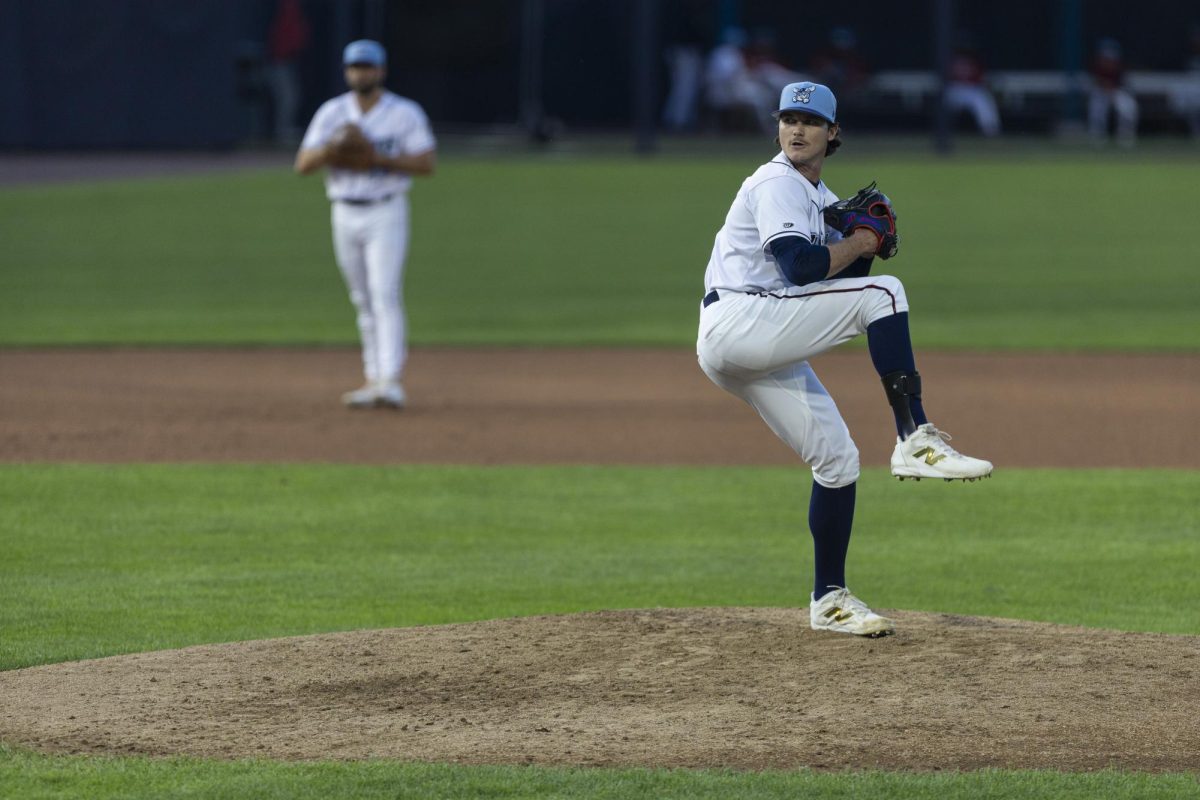
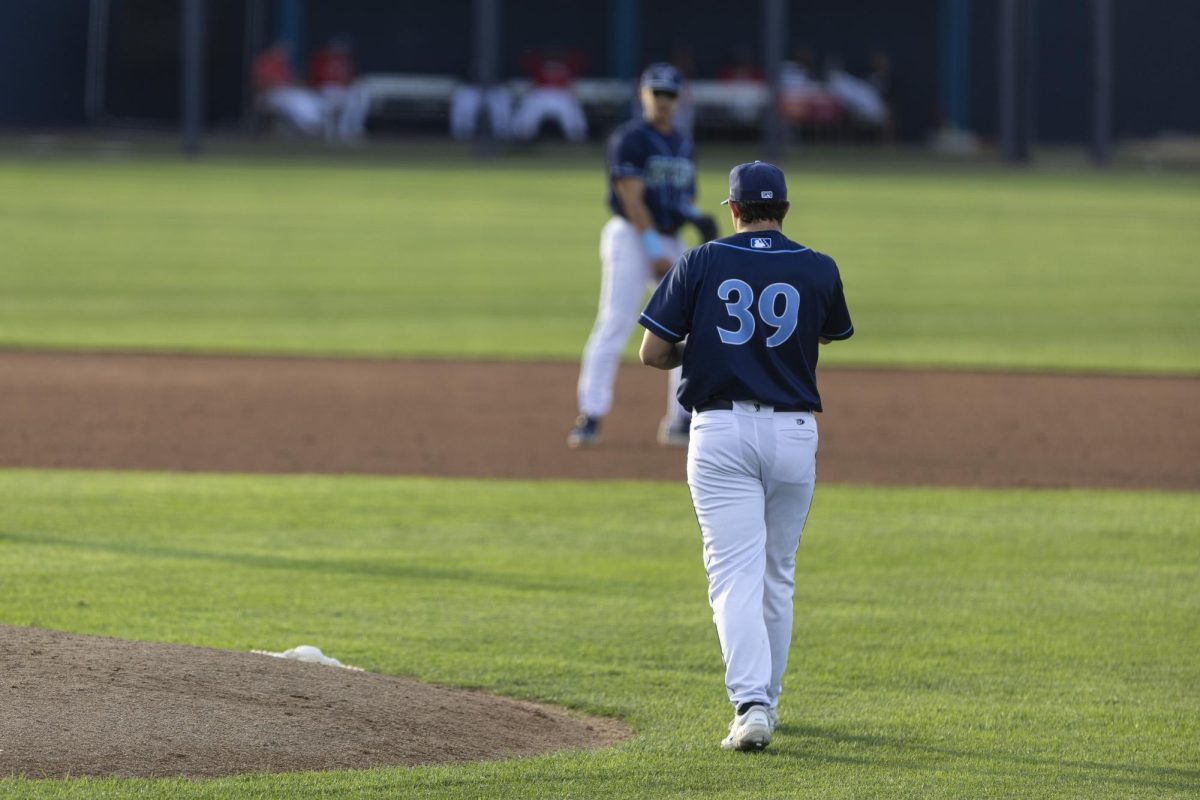































































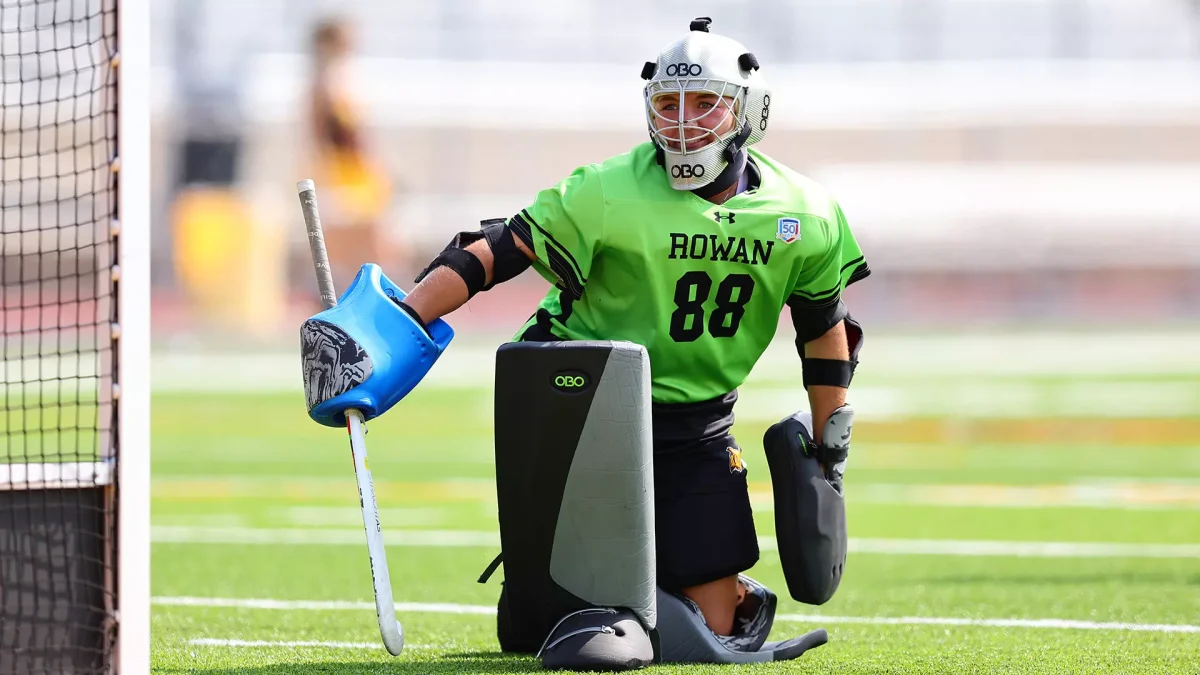


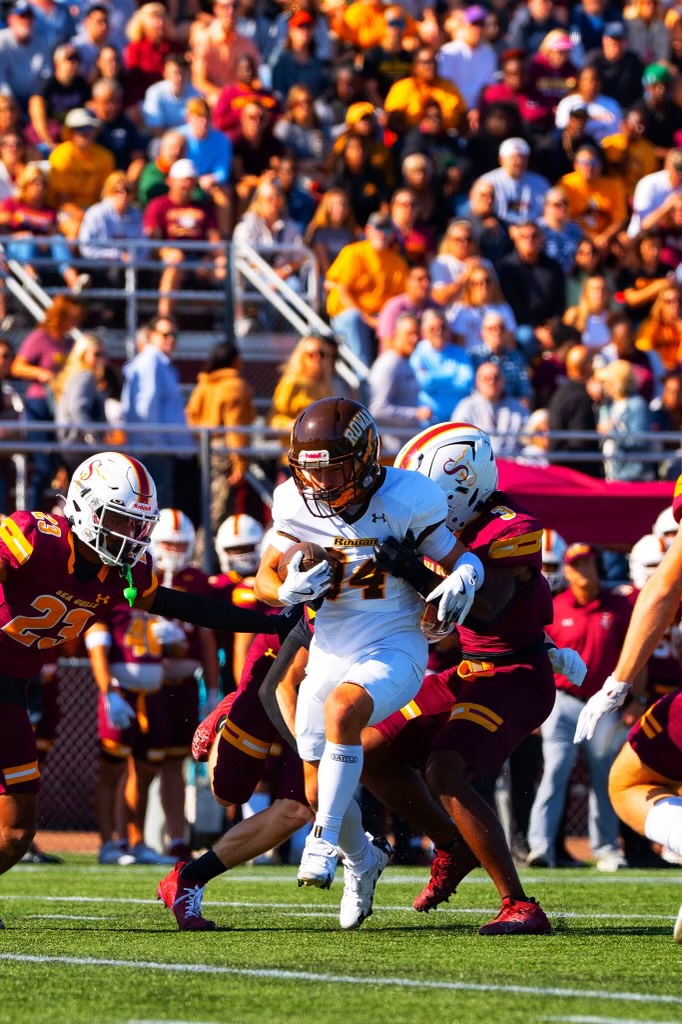
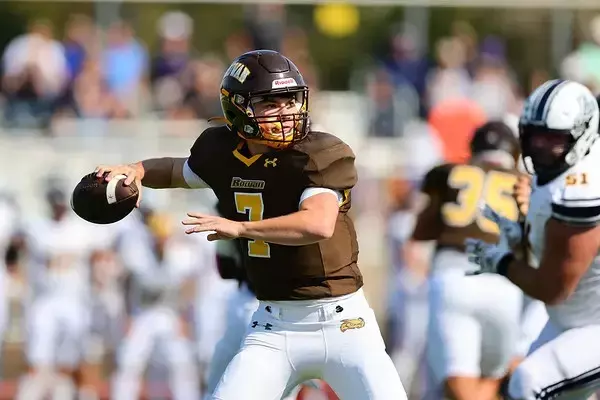


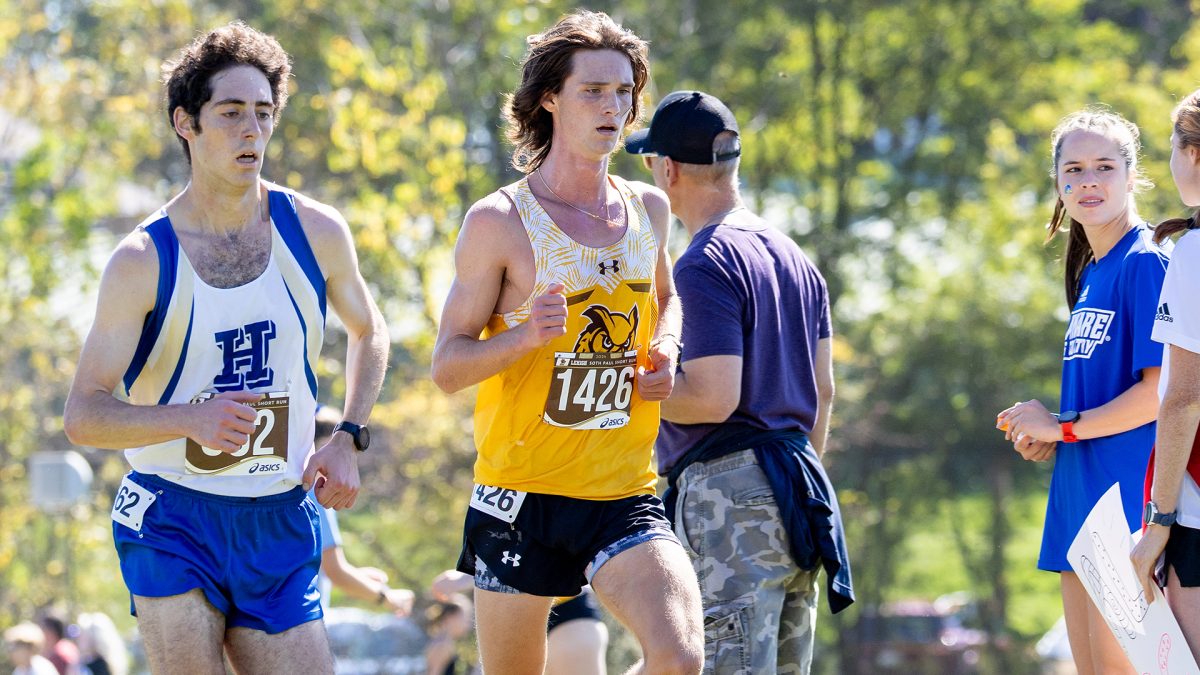



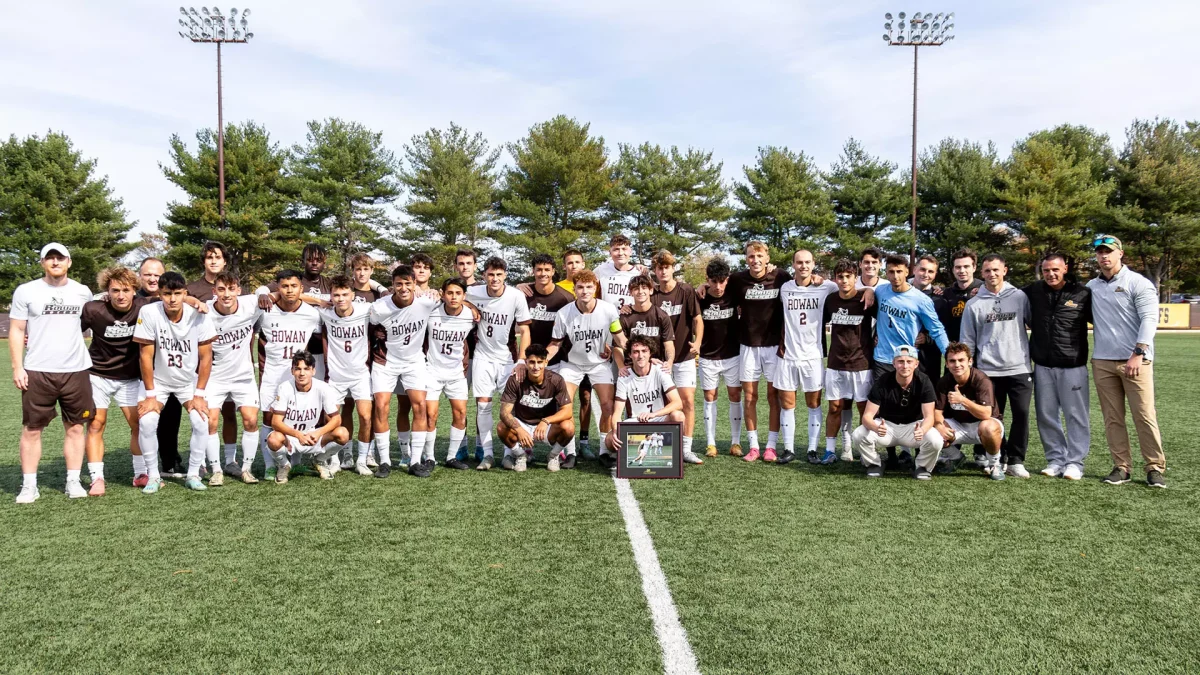

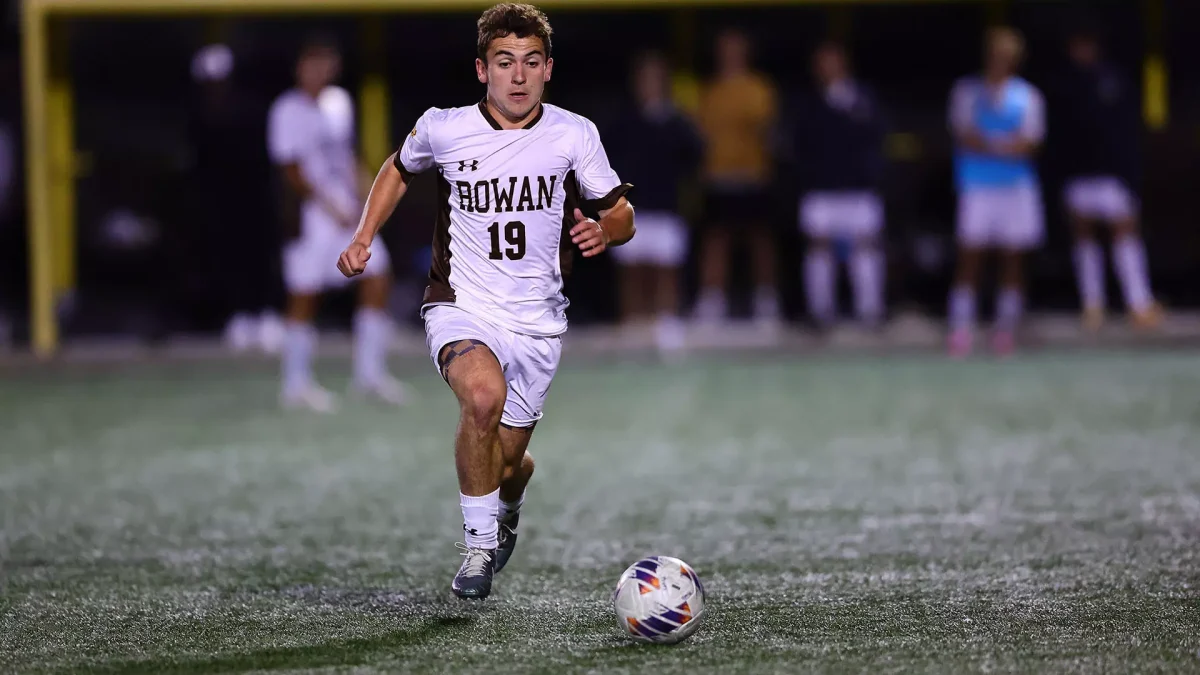



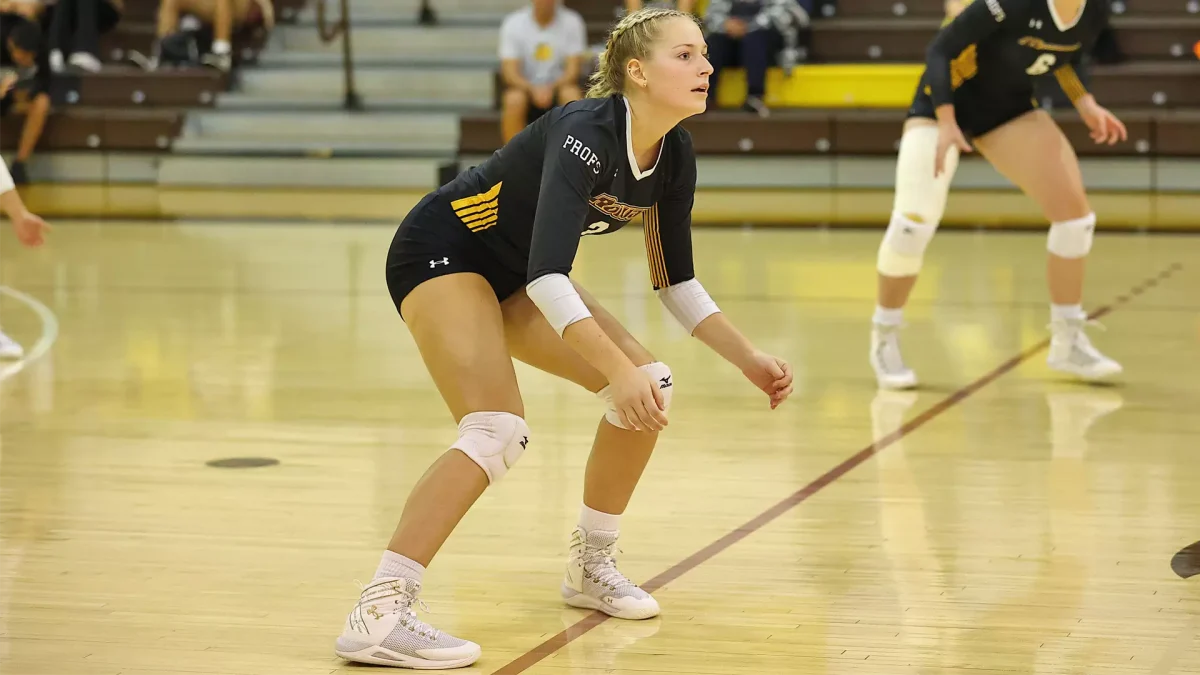



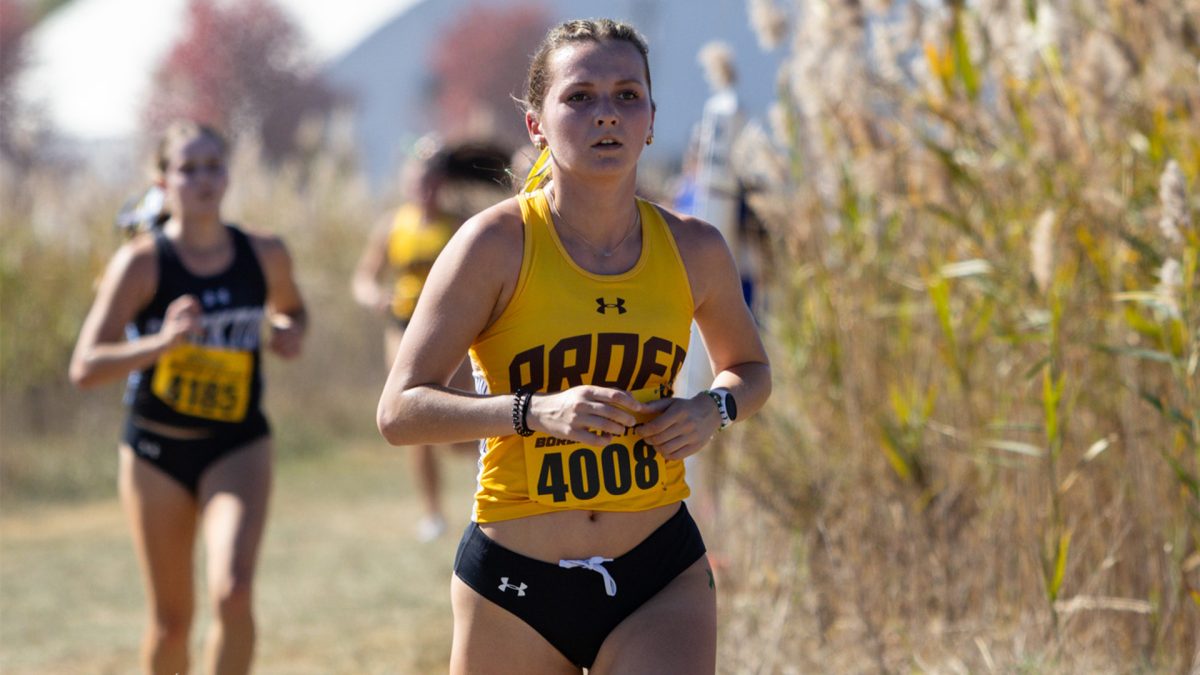




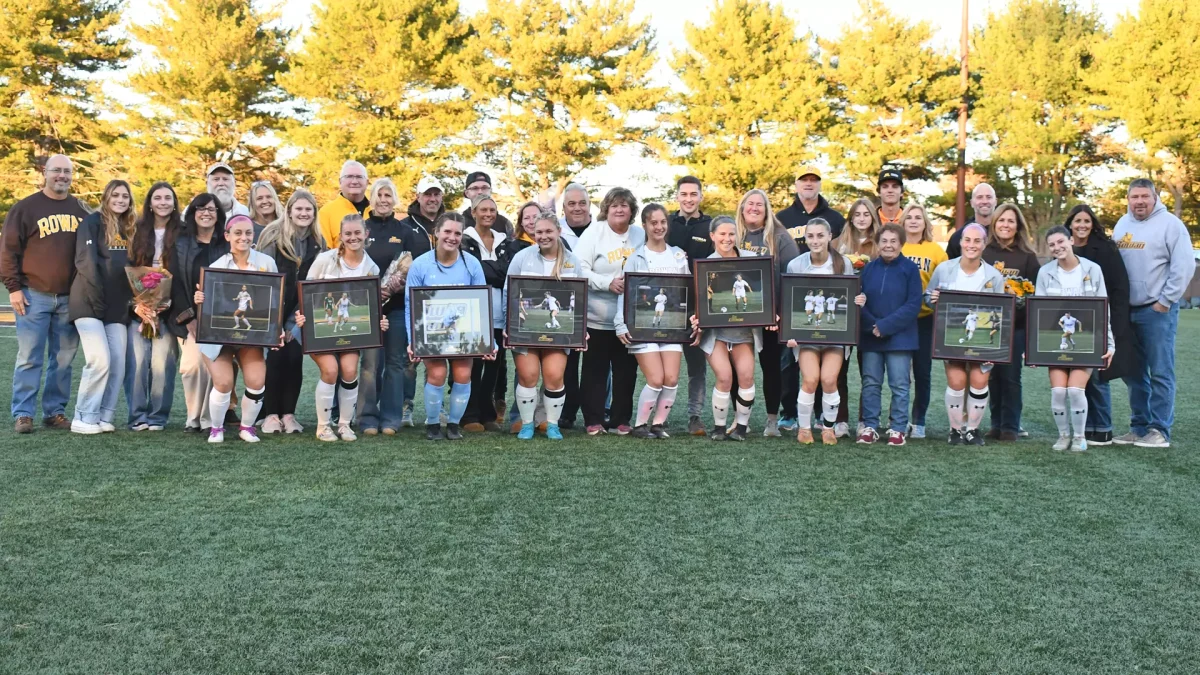
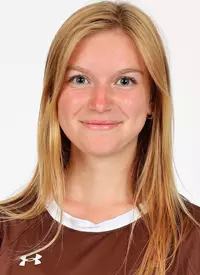






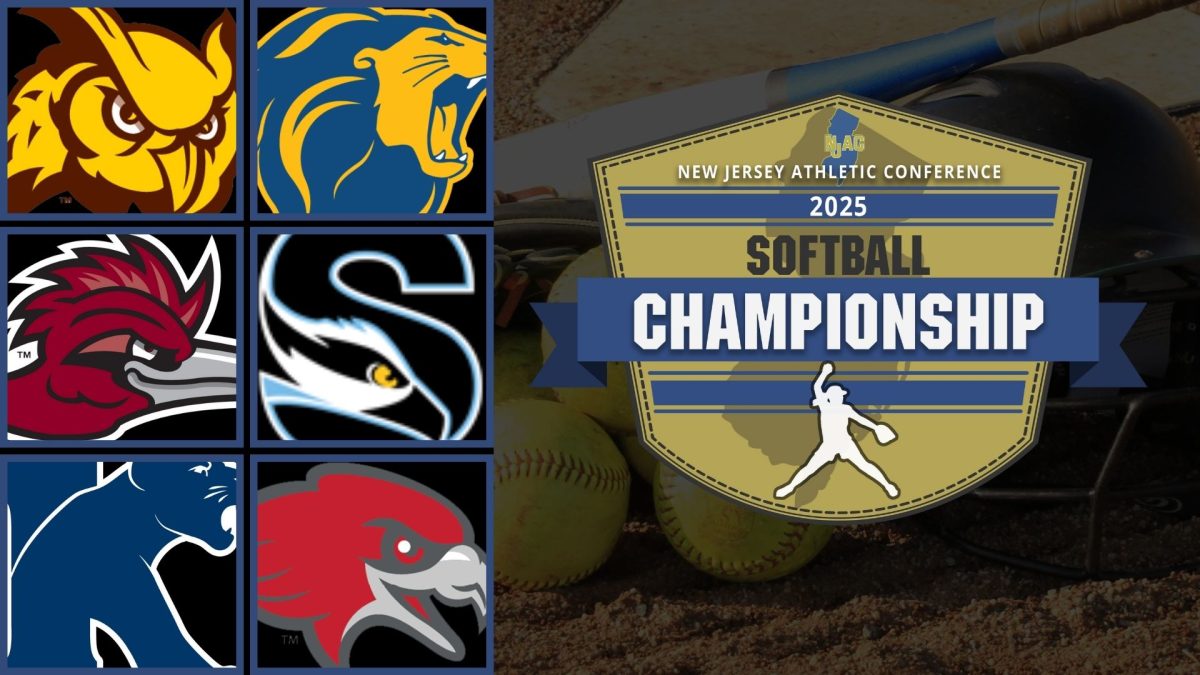
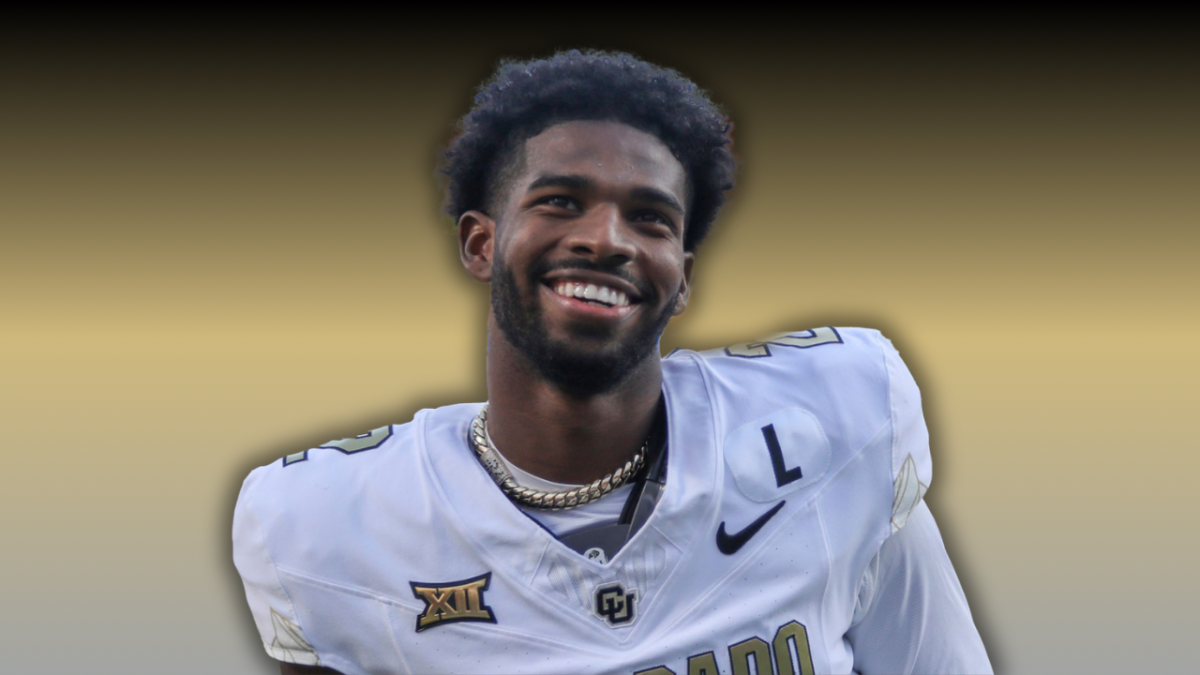



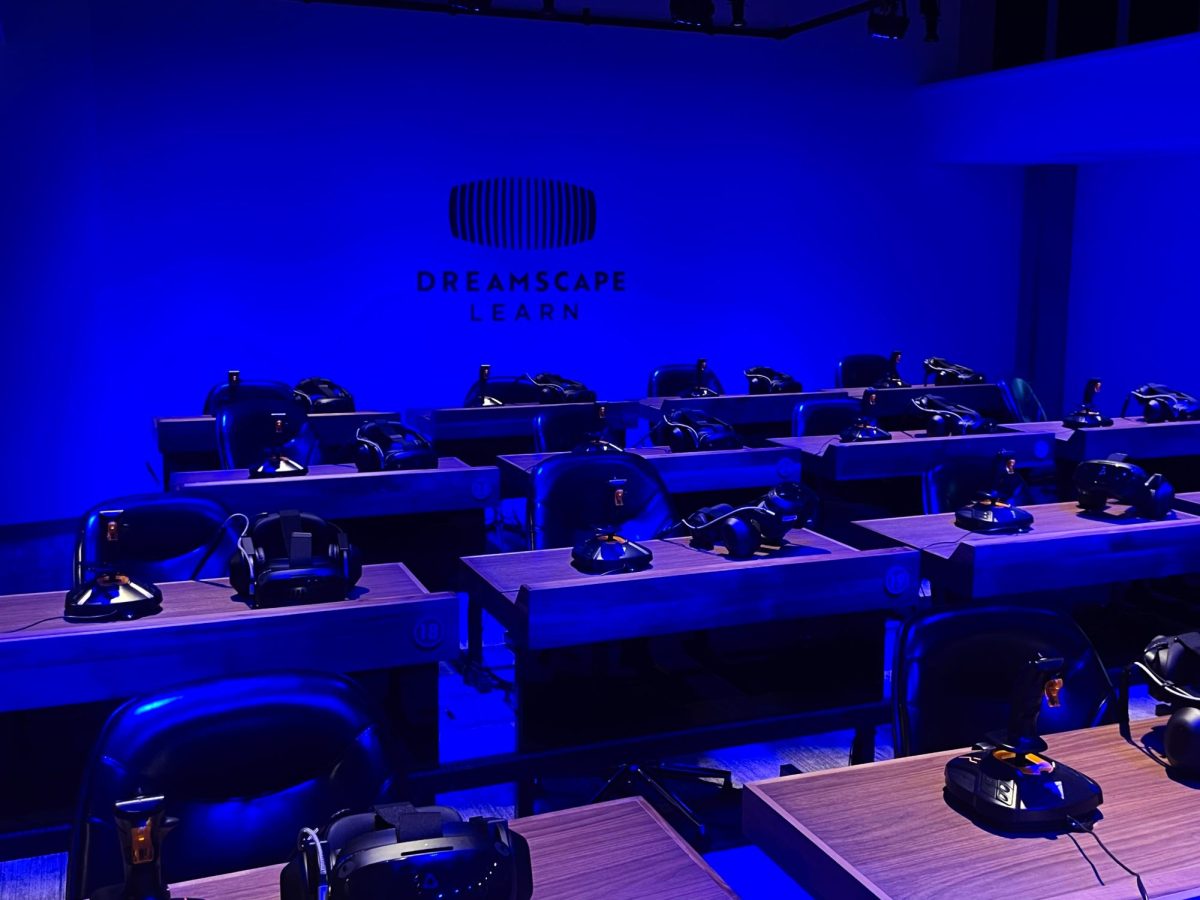
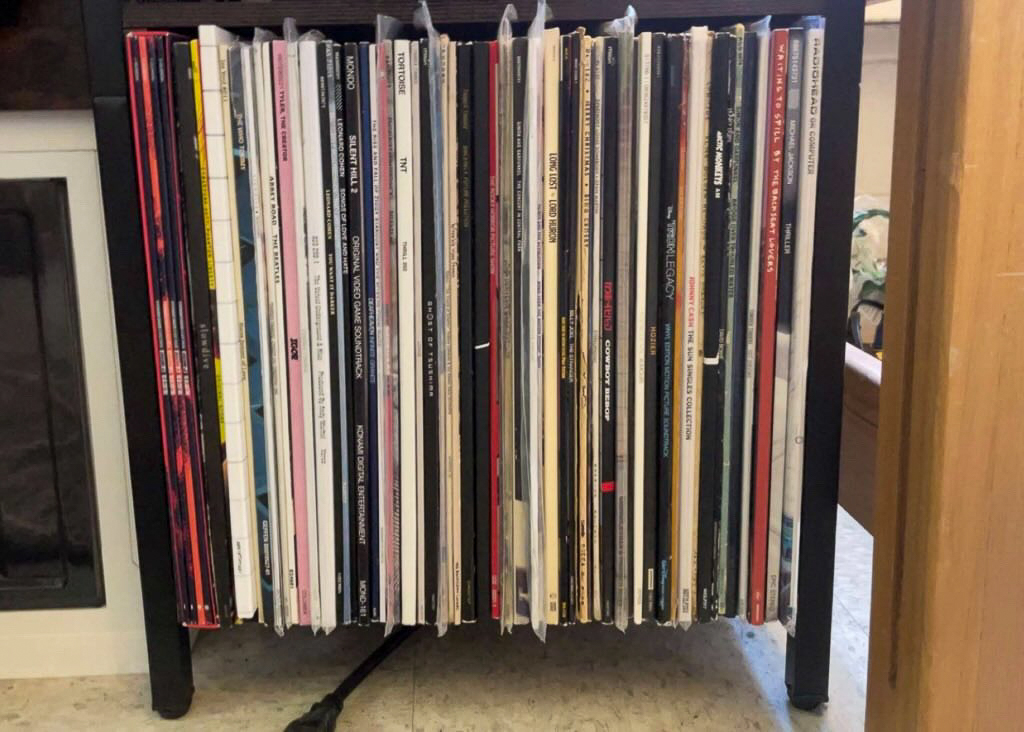
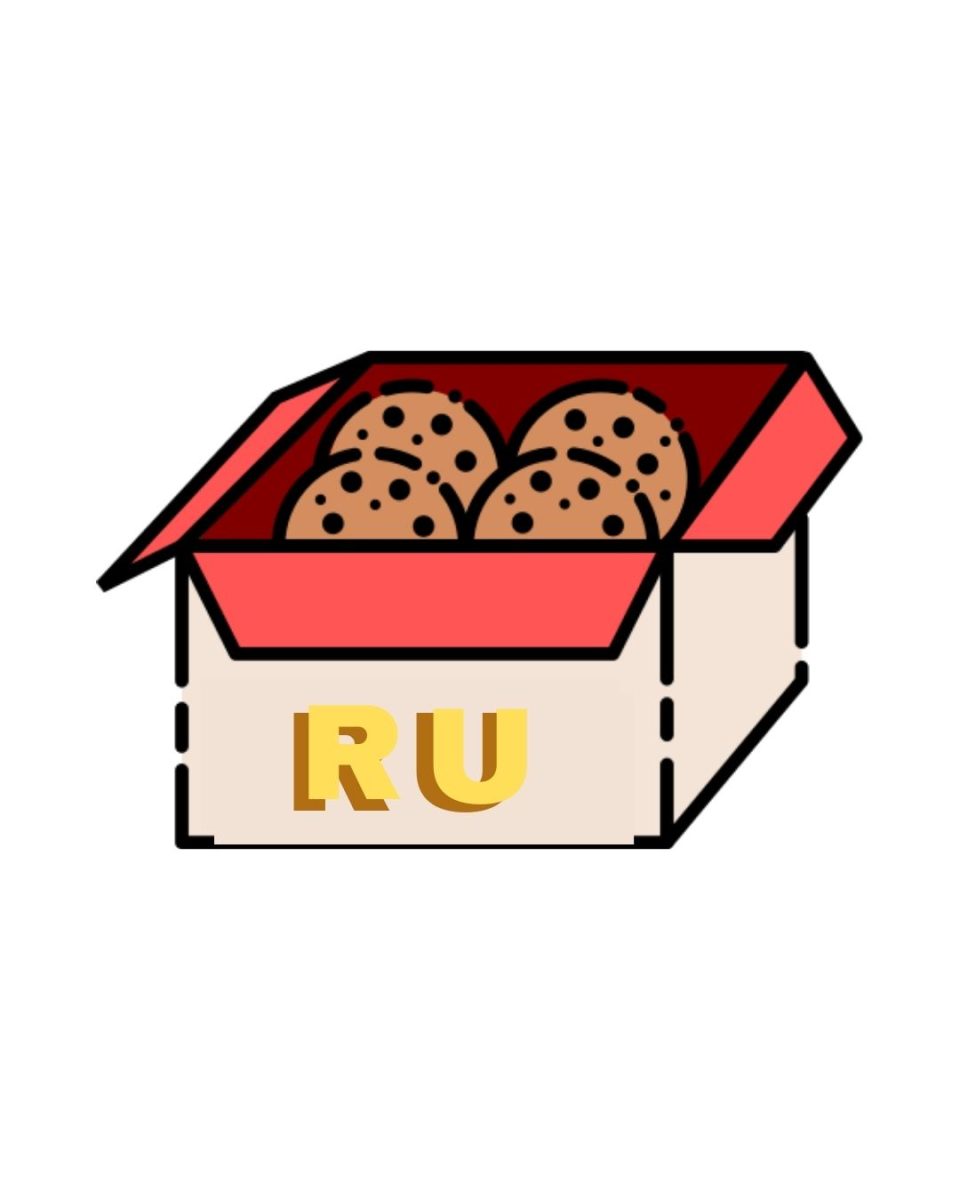















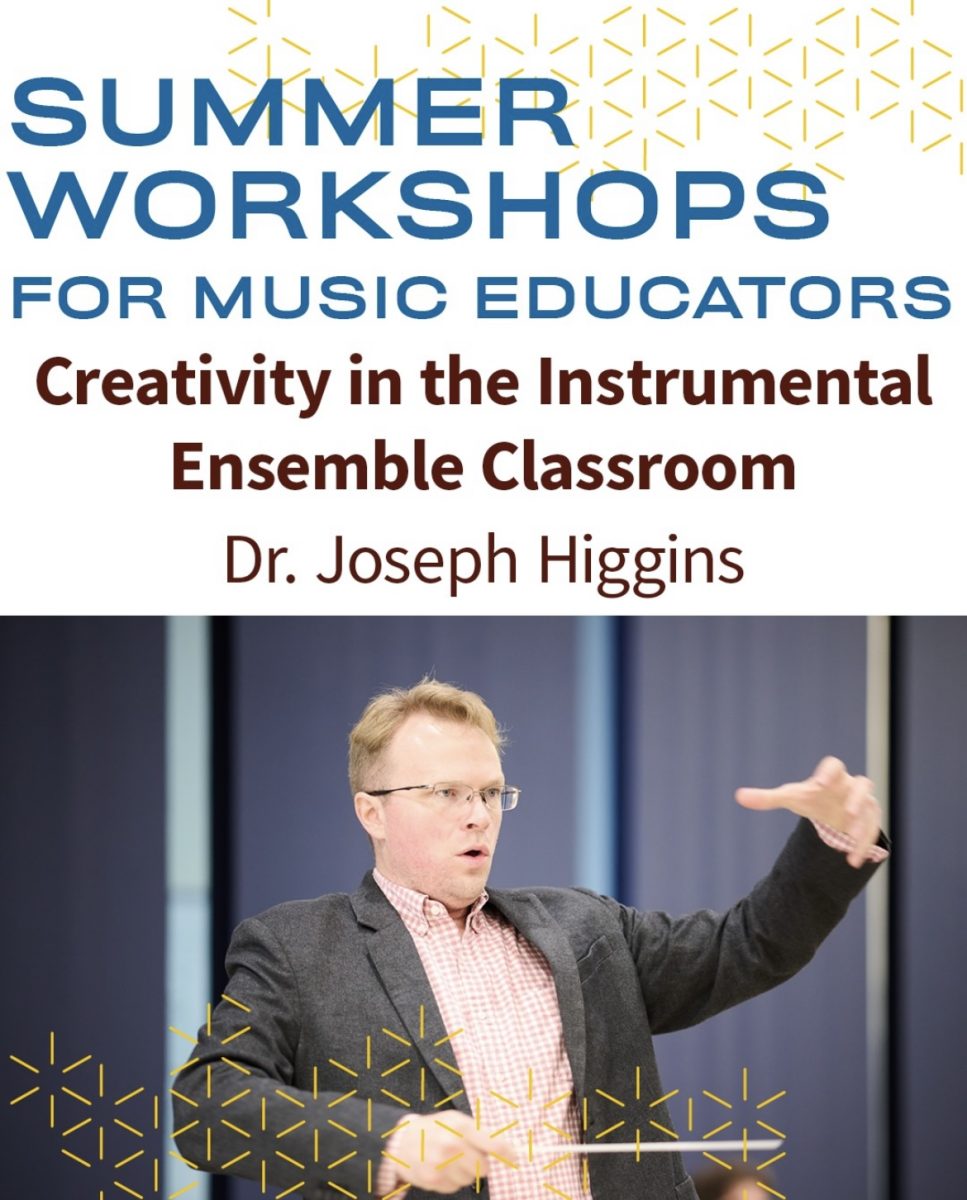






!["Working with [Dr. Lynch] is always a learning experience for me. She is a treasure,” said Thomas. - Staff Writer / Kacie Scibilia](https://thewhitonline.com/wp-content/uploads/2025/04/choir-1-1200x694.jpg)

